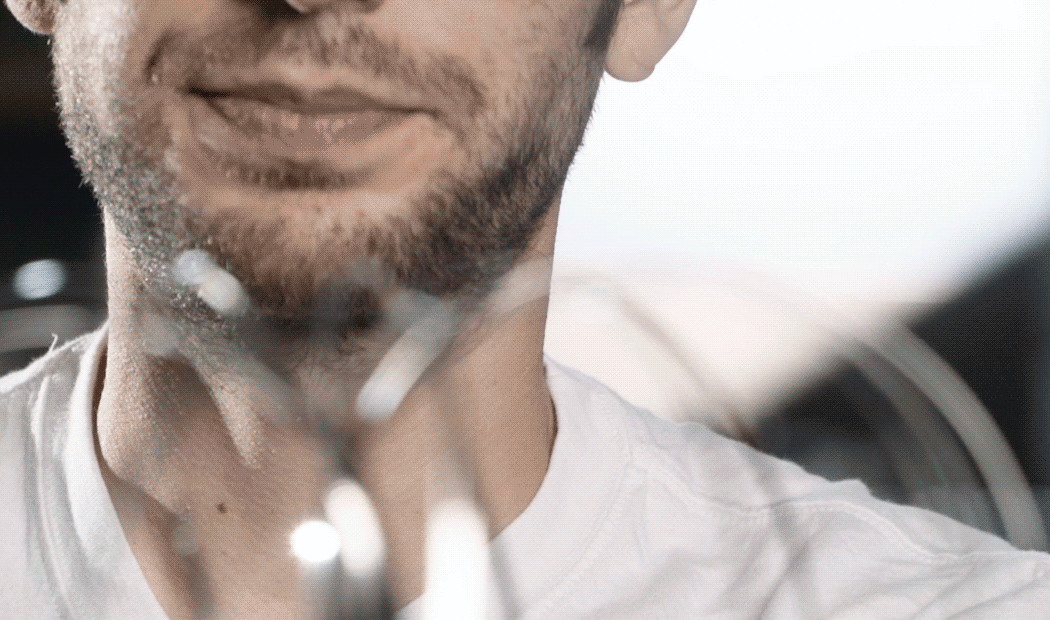
Knots are all around you; when you tie your shoes, untangle your computer cables, or at this time of year, perhaps when putting bows on presents or putting out some holidays lights. In fact, in 2007 the National Academy of Sciences published a popular study on why knots form in things like computer cables and strings of holiday lights. But those are just regular knots, not mathematical knots.
Defined as a closed curved form, mathematical knots are interesting shapes; think of them like regular knots, but with the ends attached to each other. It’s the fact that the ends are attached that makes them special: because there are no loose ends, there’s no tying or untying a mathematical knot, but you can twist and untwist them. The branch of mathematics that deals with understanding them is called Knot Theory.
Knot theory is complex and fascinating, and one of the interesting things about it is that it evolved out of a completely discredited branch of Victorian science! See, many of the top minds of the 1800s believed in the existence of “æther,” a substance that at the time was thought to pervade all of outer space. In these theories, atoms were thought to be tiny knots in the æther, so studying knots was the equivalent of subatomic physics.
Though belief in the æther fell out of favor by the 20th century, people became interested in knot theory again in the 1980s, when it was discovered that DNA is essentially a mathematical knot, and understanding how tangles work was an important key to molecular genetics. Even more recently, knot theory has been tied up (pun intended) with the creation of advanced quantum computers: researchers have theorized about creating a “topological quantum computer” by dragging particles around each other to form space–time knots.
But what about your torus knot? It’s made of eight and a half meters (28 feet) of steel wire, and when it springs up, it’s 13 times taller than when stored as a flat ring. If you could do that to a human, the average person would stand around 21 meters (70 feet) high! You’ve probably spent some time playing with it already, and found out how engrossing this kinetic sculpture can be. As you discover all the things your torus knot can do, here are a few more fun things to try:
- Can you figure out what part of the torus knot moves when it rolls down your arm, or another cylinder? Try taking a piece of colored tape and wrapping it around one of the metal bands, then watching what happens to the tape as the TK rolls. How does the tape move?
- You can make an eternally rolling torus knot, by running another torus through yours. How? Take a tube, rope, or length of hose and place it in the center of your torus knot, then tie or attach the ends together. See if you can keep the knot rolling as you continually pull the inner torus.
- People love having the torus knot roll up and down their arm – but this isn’t just a solo activity! Hold hands with a friend and let the torus knot travel between your arms.
- The hole in the center of your torus can actually hold small objects: balls, pieces of fruit, etc. Experiment with what objects fit, or can stay in the best. Can you start with the torus flattened and get it to “pick up” an object? Or “swallow” it from the top?
Engaging your curiosity by playing with a tactile kinetic sculpture like the torus knot engages your mental and physical creativity. We find it hard to put down, and hope you enjoy it as much as we do!

